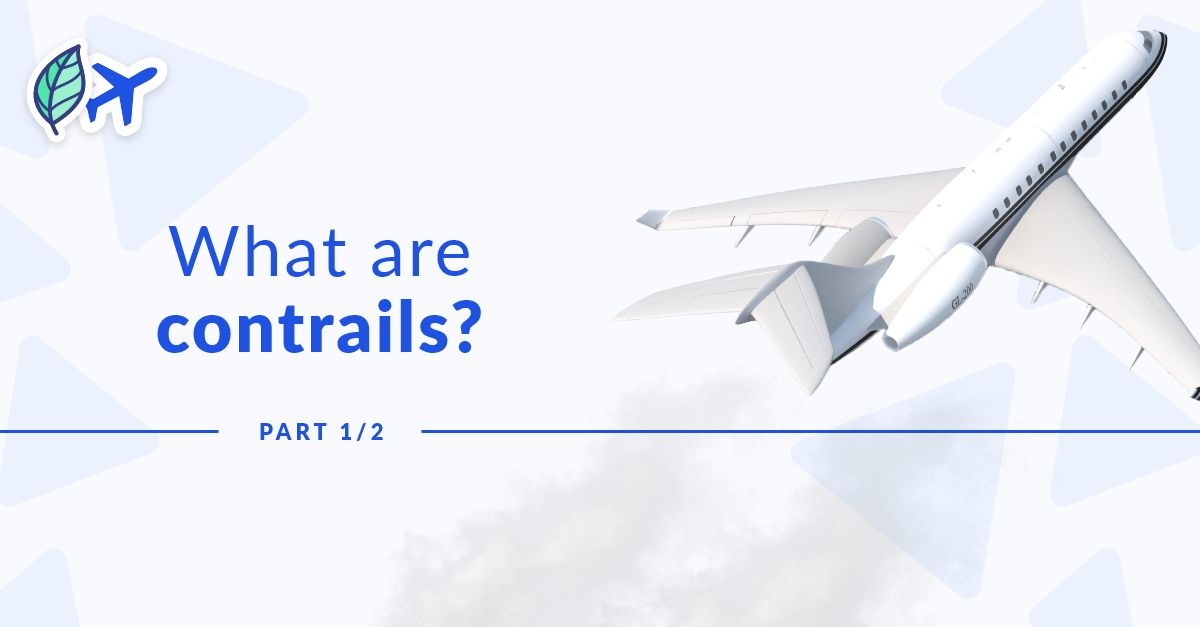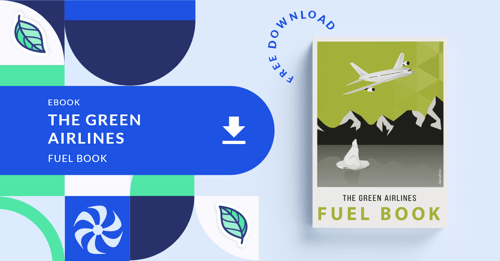Understanding contrails: formation, impact, and prevention
Have you ever wondered about those cloud-like trails left behind by aircraft? These formations are commonly known as contrails. Now, you might wonder, why the notoriety? After all, the sky is no stranger to clouds. So, what difference do a few additional clouds make?
As it turns out, quite a bit.
In this comprehensive two-part series, we will explore the fascinating world of contrails, from their formation to their environmental impact. By delving deeper into this topic, you will understand why contrails are increasingly gaining attention in the field of aviation and environmental science.
- Understanding contrails: formation, impact, and prevention.
- Present and Future of Contrails
What are contrails?
You've likely seen them crisscrossing the sky – those slender, cloud-like formations trailing behind aircraft. These are condensation trails, often referred to as contrails (and distinctly not chemtrails).
The name in itself hints at their formation: they result from water vapor in the atmosphere condensing into ice crystals, often leading to the creation of cirrus-type clouds.
How contrails are formed.
The main factors affecting contrail formation are air temperature, air humidity, and aircraft engine emissions. In the engine plume, the mixing of the hot air charged with particles with cold and humid air of the atmosphere results in the increase of relative humidity. The relative humidity level gets so high that water condenses into the particles emitted: contrails.
Here we can see what this process of condensation looks like:
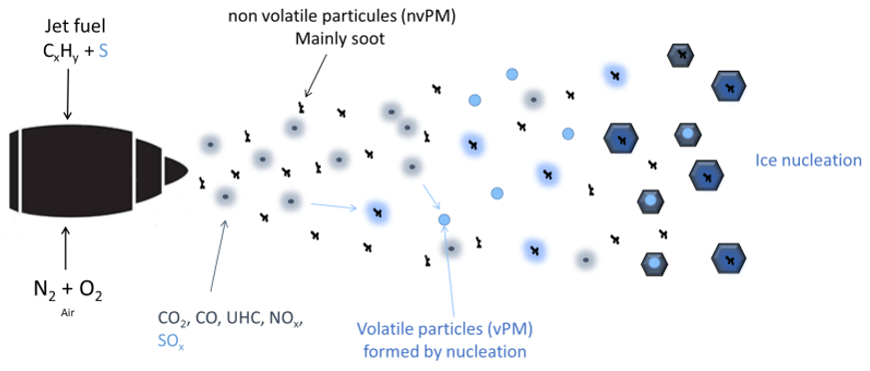
Figure 2. Condensation occurs in the engine particles forming a contrail.
Source: https://climaviation.fr/en/research-focus/contrails/
The possible formation of contrails can be predicted beforehand by analyzing different factors that affect their formation.
For example, the Schmidt-Appleman criterion is a thermodynamic theory that determines whether a contrail will form or not: When the exhaust air mixes with environmental air, if its relative humidity (red line) is higher than the saturation vapor pressure curve for water (blue line), a contrail will form.
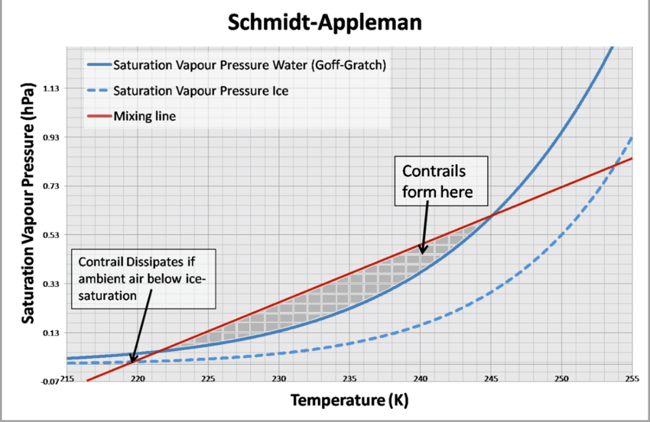
Figure 3. Schmidt-Appleman criterion. Source: Whelan, Gillian & Cawkwell, Fiona & Mannstein, Hermann & Minnis, Patrick. (2009).
The use of Meteorological Data to Improve Contrail Detection in Thermal Imagery over Ireland.
However, the persistence of the contrails will not be determined by this criterium but by the region’s atmospheric conditions.
Ice Super Saturated Regions & contrails
There are regions called Ice Super Saturated Regions (ISSRs) where the humidity is so high that ice crystals should form. Yet, in practice, it does not happen because there are no particles to condense and form the ice crystals that will then produce the cirrus cloud. This is where the engine particle emissions come into play, serving as particles to condense, making the cloud grow exponentially and last long periods of time.
With all these different variables, two main types of contrails can form in the sky:- Non-persistent contrails are short-lived formations that dissipate relatively quickly after forming.
- Persistent contrails: long-lasting formations that can linger in the sky for hours or even spread out to form cirrus-like clouds
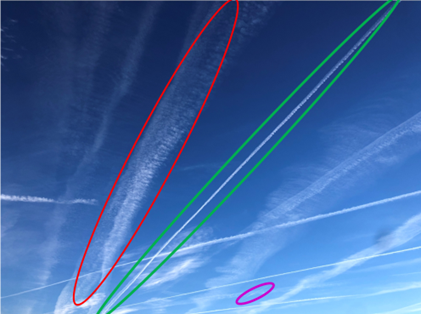
Figure 4. On the picture, we can see the atmosphere in Ice Super Saturated conditions.
In green, a young, long contrail is forming. In red an old spreading contrail derivatives in a cirrus cloud.
Further back in purple, a short contrail
Why are contrails important?
The clouds play a key role in Earth's temperature regulation and make it livable.
The increase in clouds used to be solely attributed to the rise of anthropogenic greenhouse gases and contrails were deemed to have no significant impact on climate change.
However, recent studies have shown that this might not be as straightforward.
The impact of contrails
In 2010, a comprehensive European assessment shed light on the uncertainty surrounding the concept of energy forcing attributed to contrails. Energy forcing refers to the alteration of the Earth's energy balance caused by various factors, such as greenhouse gas emissions or the presence of reflective particles in the atmosphere.
The European assessment compared the energy forcing of contrails to that of carbon dioxide (CO2) emissions from aviation activities. Findings highlighted the potential significance of contrails as a non-CO2 contributor to climate change. Since then, contrails have been considered relevant non-CO2 aircraft emissions, making them extensively studied and a topic of debate.
As of today, the real impact of contrails is yet to be determined. While many studies may differ on radiative forcing values and global warming, they all converge to say that the net impact on the earth is heating. This has prompted increased research efforts on contrails to reduce uncertainties and take necessary actions to mitigate their effects.
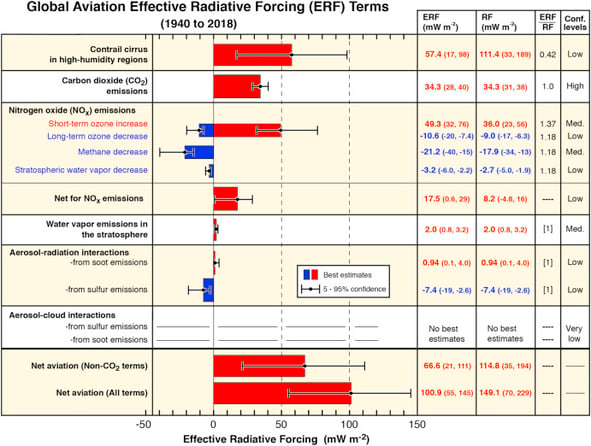
Figure 5. Different impact of aviation emissions.
Source : https://www.sciencedirect.com/science/article/pii/S1352231020305689?via%3Dihub
What is the problem with contrails?
While CO2 is a well-known greenhouse gas, contrails can also affect the Earth's energy balance by both reflecting sunlight back into space (radiative forcing) and trapping heat emitted by the Earth (greenhouse forcing). Depending on timing and location, contrails can have a heating or cooling effect:
- During the day, contrails can act as a shield, blocking some of the sun's radiation and, thus, having a cooling effect on the surface below.
- At night, the Earth works to release the day's accumulated heat back into space as infrared radiation. However, this natural process may be disrupted by contrails, which can act as a barrier, trapping the Earth's outgoing heat and leading to warming of the atmosphere and the planet's surface.
Just 2% of flights account for 80% of the warming caused by radiative forcing from contrails, and most of the radiative forcing produced is done by persistent contrails. These are called “big hits”. Many stakeholders are working to forecast and prevent these “big hits” from happening.
How to prevent contrails
When it comes to reducing the impact of contrails, there are primarily two approaches: operational and non-operational strategies.
Non-operational strategies to prevent contrails
In the category of non-operational solutions, the most effective option is the reduction of engine particle emissions. This could result in contrails dissipating more quickly and having a shorter lifespan, reducing the negative effects of persistent contrails overnight.
To reduce engine particle emissions, Sustainable Aviation Fuel (SAF) emerges as a promising solution that could theoretically reduce the energy forcing of contrails at high blend ratios. However, empirical test results are still pending to validate this theory. Nowadays, the widespread use of fuel with high-blend SAF to address this issue remains a distant reality, with an estimated timeline of around ~15 years.
Operational strategies to prevent contrails
Regarding operational mitigation strategies, the main studied proposal is to avoid Ice Super Saturated Regions. In this case, the ISSRs must be predicted with enough accuracy and anticipation to plan the airspace traffic accordingly. This could be achieved through implementing new measures such as restricting flights in ISSRs, reducing airspaces or traffic capacity, using new traffic patterns, and so forth, resulting in an increased workload for the company's staff.
|

To sum up:
Contrails are a significant phenomenon in aviation and environmental science. While the exact impact of contrails remains uncertain, they tend to trap Earth's outgoing heat, potentially leading to atmospheric warming, especially during nighttime.
In essence, recognizing the formation, impact, and mitigation of contrails is essential to acknowledge their contribution to climate change. By comprehending these factors, the industry can implement effective strategies to minimize its environmental footprint and steer aviation toward more sustainable practices.
WANT TO LEARN MORE?
Discover more airline fuel-saving tips & best practices in The Green Airlines Fuel Book >> Download the Ebook.


